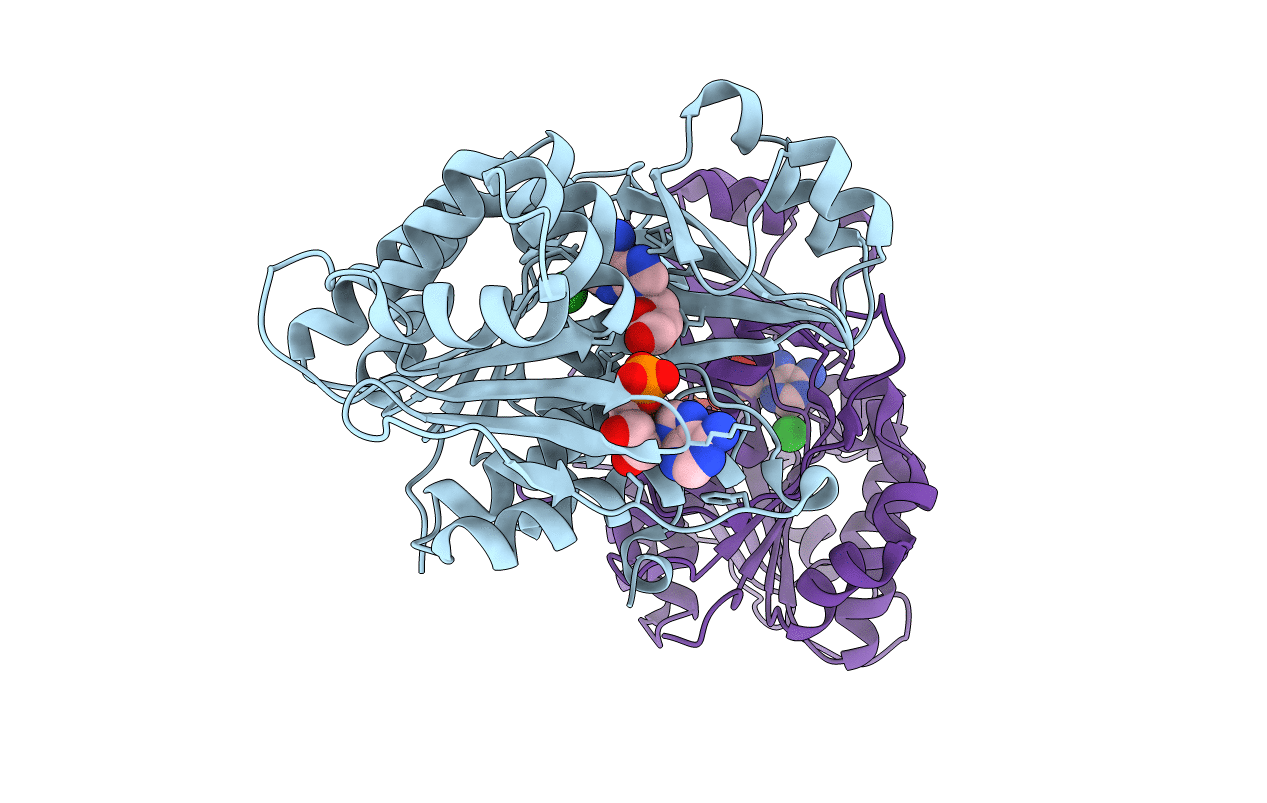
Deposition Date
2011-11-19
Release Date
2012-10-31
Last Version Date
2023-09-13
Entry Detail
PDB ID:
3UQ6
Keywords:
Title:
Adenosine kinase from Schistosoma mansoni in complex with adenosine and AMP
Biological Source:
Source Organism:
Schistosoma mansoni (Taxon ID: 6183)
Host Organism:
Method Details:
Experimental Method:
Resolution:
2.30 Å
R-Value Free:
0.23
R-Value Work:
0.20
R-Value Observed:
0.20
Space Group:
P 21 21 2


